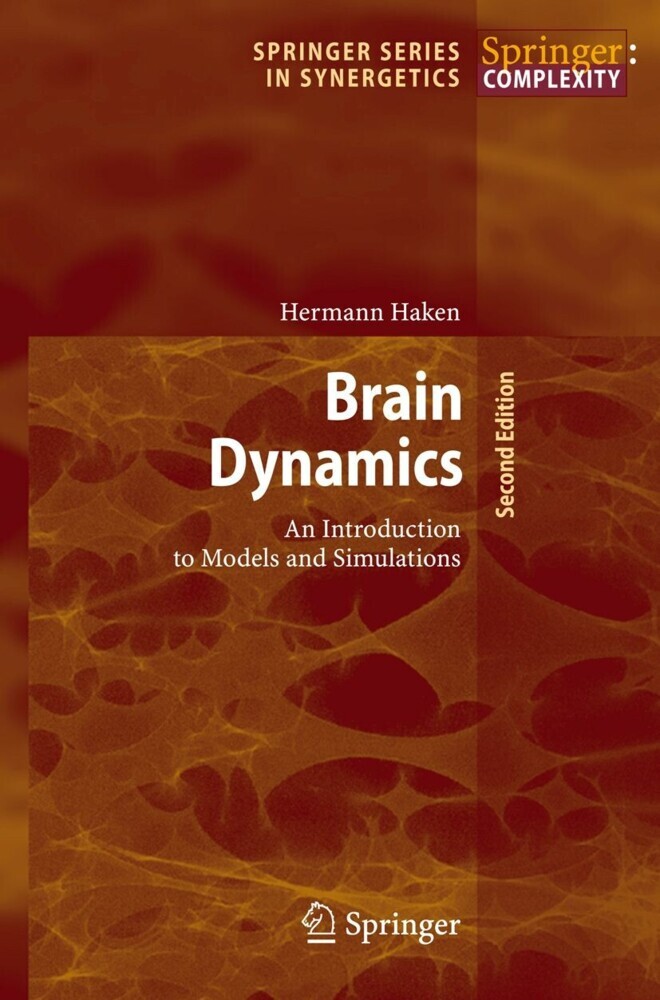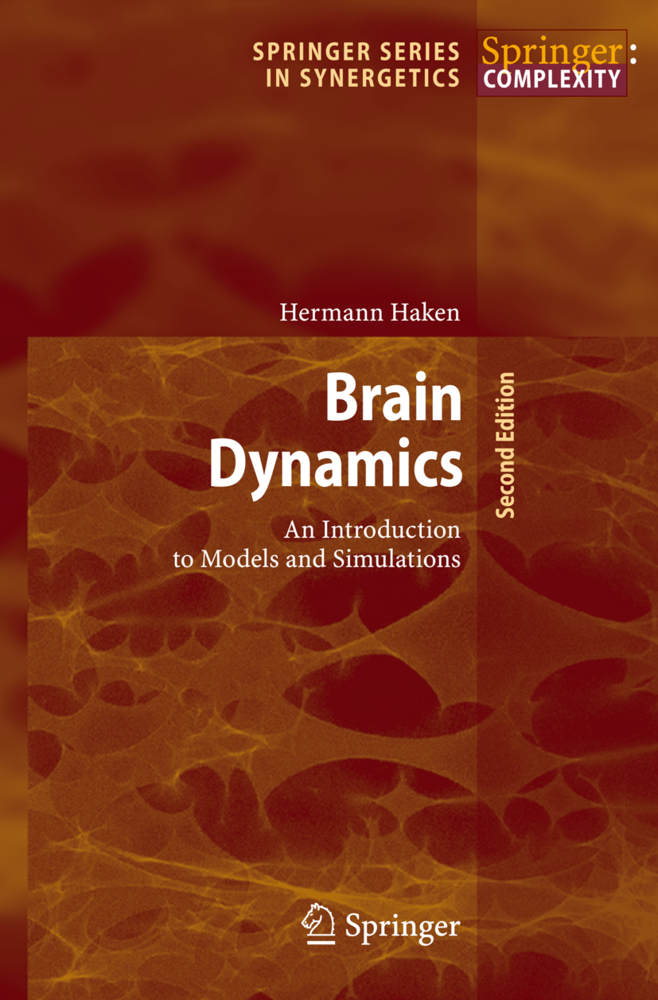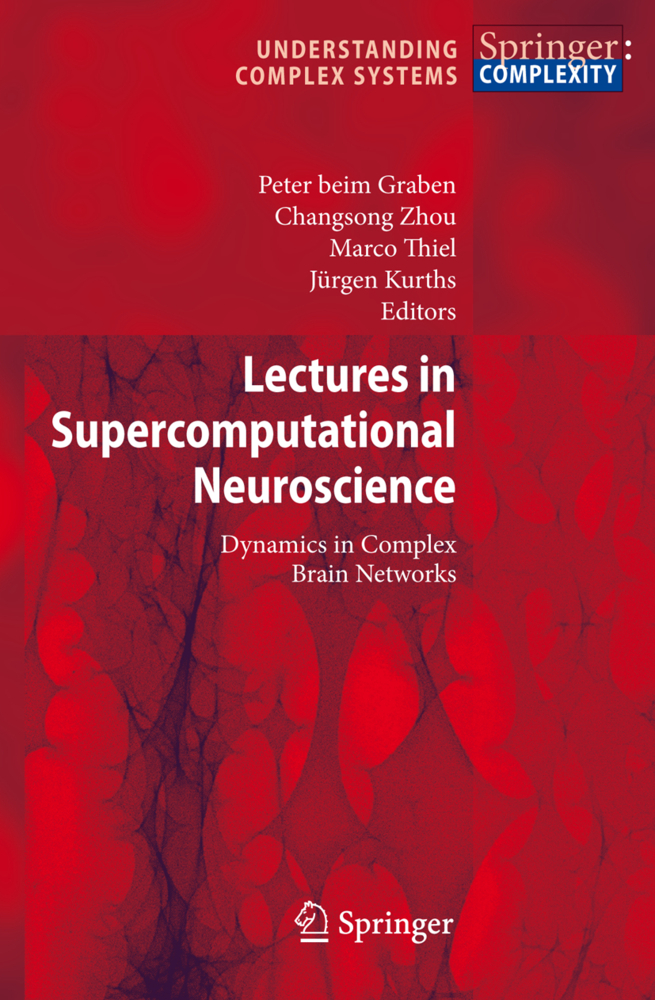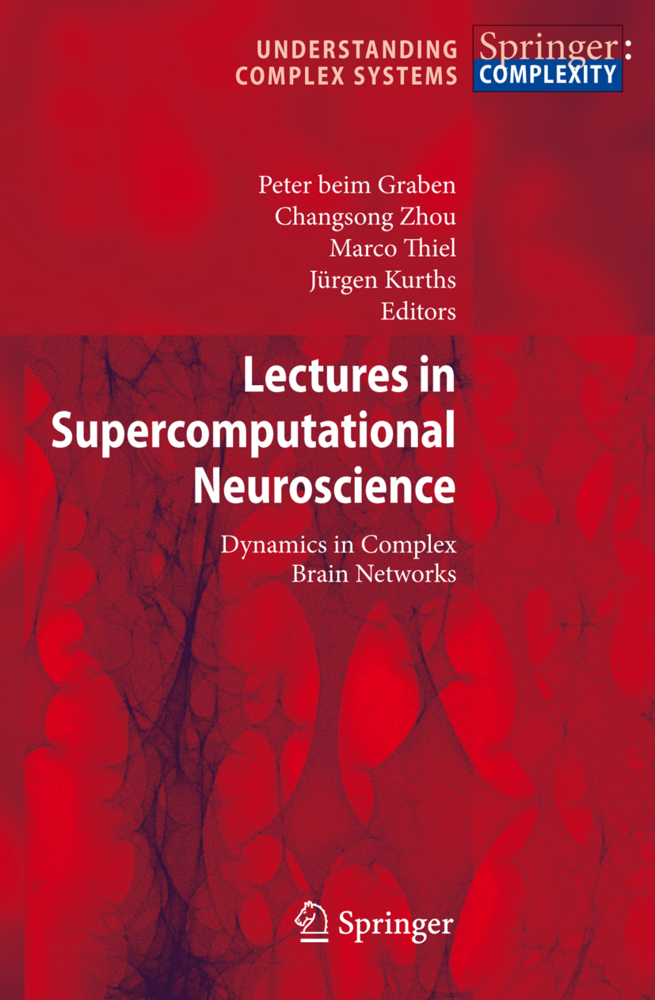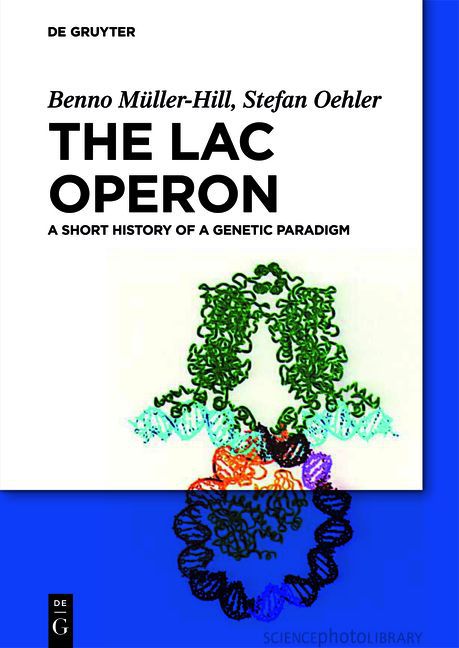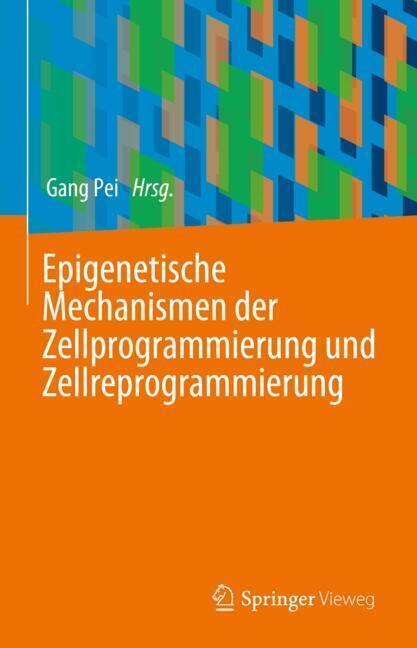Brain Dynamics
An Introduction to Models and Simulations
Brain Dynamics serves to introduce graduate students and nonspecialists from various backgrounds to the field of mathematical and computational neurosciences. Some of the advanced chapters will also be of interest to the specialists. The book approaches the subject through pulse-coupled neural networks, with at their core the lighthouse and integrate-and-fire models, which allow for the highly flexible modelling of realistic synaptic activity, synchronization and spatio-temporal pattern formation. Topics also include pulse-averaged equations and their application to movement coordination. The book closes with a short analysis of models versus the real neurophysiological system.The second edition has been thoroughly updated and augmented by two extensive chapters that discuss the interplay between pattern recognition and synchronization. Further, to enhance the usefulness as textbook and for self-study, the detailed solutions for all 34 exercises throughout the text have been added.
1;Foreword to the Second Edition;6 2;Preface;7 3;Contents;9 4;Part I Basic Experimental Facts and Theoretical Tools;14 4.1;1. Introduction;15 4.1.1;1.1 Goal;15 4.1.2;1.2 Brain: Structure and Functioning. A Brief Reminder;16 4.1.3;1.3 Network Models;17 4.1.4;1.4 How We Will Proceed;19 4.2;2. The Neuron - Building Block of the Brain;20 4.2.1;2.1 Structure and Basic Functions;20 4.2.2;2.2 Information Transmission in an Axon;21 4.2.3;2.3 Neural Code;23 4.2.4;2.4 Synapses - The Local Contacts;24 4.2.5;2.5 Naka-Rushton Relation;25 4.2.6;2.6 Learning and Memory;27 4.2.7;2.7 The Role of Dendrites;27 4.3;3. Neuronal Cooperativity;28 4.3.1;3.1 Structural Organization;28 4.3.2;3.2 Global Functional Studies. Location of Activity Centers;34 4.3.3;3.3 Interlude: A Minicourse on Correlations;36 4.3.4;3.4 Mesoscopic Neuronal Cooperativity;42 4.4;4. Spikes, Phases, Noise: How to Describe Them Mathematically? We Learn a Few Tricks and Some Important Concepts;48 4.4.1;4.1 The d-Function and Its Properties;48 4.4.2;4.2 Perturbed Step Functions;54 4.4.3;4.3 Some More Technical Considerations*;57 4.4.4;4.4 Kicks;59 4.4.5;4.5 Many Kicks;62 4.4.6;4.6 Random Kicks or a Look at Soccer Games;63 4.4.7;4.7 Noise Is Inevitable. Brownian Motion and the Langevin Equation;65 4.4.8;4.8 Noise in Active Systems;67 4.4.9;4.9 The Concept of Phase;71 4.4.10;4.10 Phase Noise;79 4.4.11;4.11 Origin of Phase Noise*;82 5;Part II Spiking in Neural Nets;85 5.1;5. The Lighthouse Model. Two Coupled Neurons;86 5.1.1;5.1 Formulation of the Model;86 5.1.2;5.2 Basic Equations for the Phases of Two Coupled Neurons;89 5.1.3;5.3 Two Neurons: Solution of the Phase-Locked State;91 5.1.4;5.4 Frequency Pulling and Mutual Activation of Two Neurons;95 5.1.5;5.5 Stability Equations;98 5.1.6;5.6 Phase Relaxation and the Impact of Noise;103 5.1.7;5.7 Delay Between Two Neurons;107 5.1.8;5.8 An Alternative Interpretation of the Lighthouse Model;109 5.2;6. The Lighthouse Model. Many Coupled Neurons;111 5.2.1;6.1 The Basic Equations;111 5.2.2;6.2 A Special Case. Equal Sensory Inputs. No Delay;113 5.2.3;6.3 A Further Special Case. Different Sensory Inputs, but No Delay and No Fluctuations;115 5.2.4;6.4 Associative Memory and Pattern Filter;117 5.2.5;6.5 Weak Associative Memory. General Case*;121 5.2.6;6.6 The Phase-Locked State of N Neurons. Two Delay Times;124 5.2.7;6.7 Stability of the Phase-Locked State. Two Delay Times*;126 5.2.8;6.8 Many Different Delay Times*;131 5.2.9;6.9 Phase Waves in a Two-Dimensional Neural Sheet;132 5.2.10;6.10 Stability Limits of Phase-Locked State;133 5.2.11;6.11 Phase Noise*;134 5.2.12;6.12 Strong Coupling Limit. The Nonsteady Phase- Locked State of Many Neurons;138 5.2.13;6.13 Fully Nonlinear Treatment of the Phase- Locked State*;142 5.3;7. Integrate and Fire Models (IFM);148 5.3.1;7.1 The General Equations of IFM;148 5.3.2;7.2 Peskin's Model;150 5.3.3;7.3 A Model with Long Relaxation Times of Synaptic and Dendritic Responses;152 5.4;8. Many Neurons, General Case, Connection with Integrate and Fire Model;158 5.4.1;8.1 Introductory Remarks;158 5.4.2;8.2 Basic Equations Including Delay and Noise;158 5.4.3;8.3 Response of Dendritic Currents;160 5.4.4;8.4 The Phase-Locked State;162 5.4.5;8.5 Stability of the Phase-Locked State: Eigenvalue Equations;163 5.4.6;8.6 Example of the Solution of an Eigenvalue Equation of the Form of ( 8.59);166 5.4.7;8.7 Stability of Phase-Locked State I: The Eigenvalues;168 5.4.8;8.8 Stability of Phase-Locked State II: The Eigenvalues of the Integrate and Fire Model;169 5.4.9;8.9 Generalization to Several Delay Times;172 5.4.10;8.10 Time-Dependent Sensory Inputs;173 5.4.11;8.11 Impact of Noise and Delay;174 5.4.12;8.12 Partial Phase Locking;174 5.4.13;8.13 Derivation of Pulse-Averaged Equations;175 5.4.14;Appendix 1 to Chap. 8: Evaluation of (8.35);179 5.4.15;Appendix 2 to Chap. 8: Fractal Derivatives;183 5.5;9. Pattern Recognition Versus Synchronization: Pattern Recognition;186 5.5.1;9.1 Introduction;186 5.5.2;9.2 Basic Equations;187 5.5
Haken, Hermann
| ISBN | 9783540752387 |
|---|---|
| Artikelnummer | 9783540752387 |
| Medientyp | E-Book - PDF |
| Auflage | 2. Aufl. |
| Copyrightjahr | 2007 |
| Verlag | Springer-Verlag |
| Umfang | 333 Seiten |
| Sprache | Englisch |
| Kopierschutz | Digitales Wasserzeichen |

